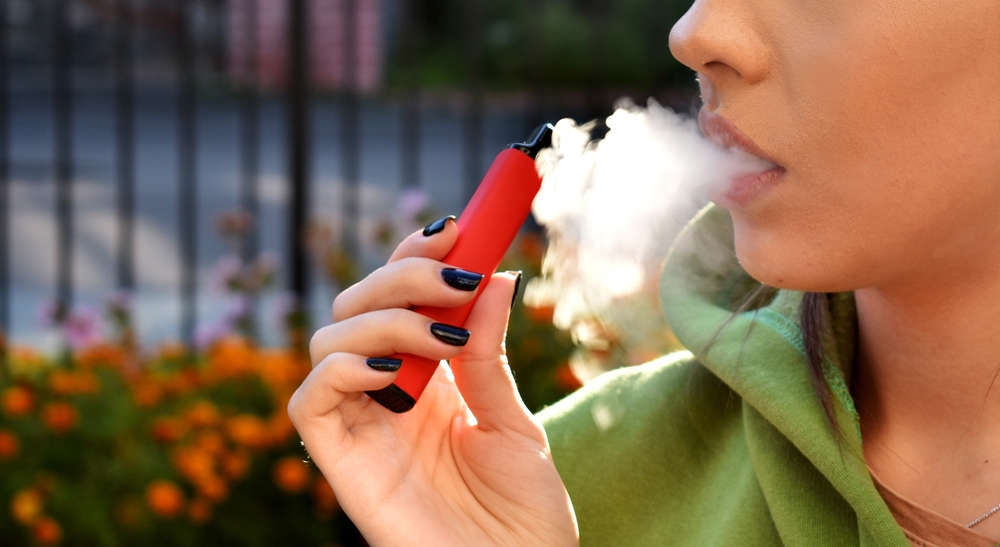Vaping was once hailed as the less harmful sibling of smoking. Touted as a modern fix for quitting cigarettes, it quickly gained traction among youth and adults. The sleek design, sweet flavors, and absence of tobacco smoke made it seem like a healthier option. But as the years have passed, mounting evidence suggests that vaping is not without consequences. One of the most concerning developments is the potential for a dangerous condition called “popcorn lung.” Experts are now sounding the alarm, warning that the flavorings in e-cigarettes may do serious, lasting damage to the lungs.
What Is Popcorn Lung, and Why the Name?
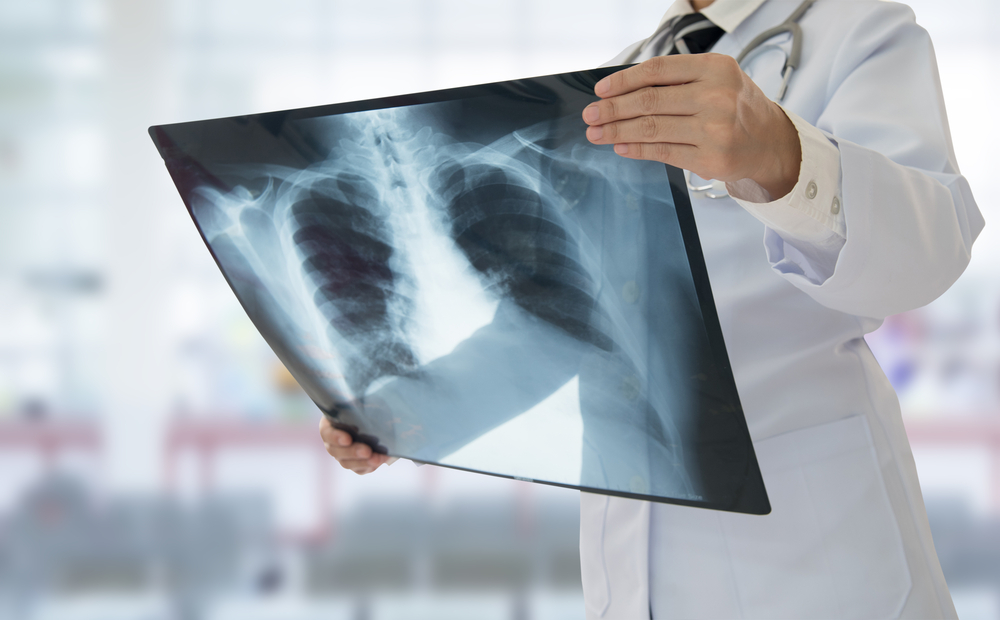
Popcorn lung is the informal name for bronchiolitis obliterans, a rare but serious disease that damages the smallest airways in the lungs. The term became popular in the early 2000s after workers in a microwave popcorn plant fell ill from inhaling large amounts of diacetyl, a buttery flavoring used in popcorn production. The damage resulted in scarring of the bronchioles, making breathing difficult and often permanent. Though initially tied to popcorn factory workers, the condition is now being discussed in connection with vaping liquids that contain the same compound. This is not about eating popcorn. It is about inhaling chemical flavorings that were never meant to reach your lungs.
Diacetyl, Flavorings, and the Hidden Risk in Vapes
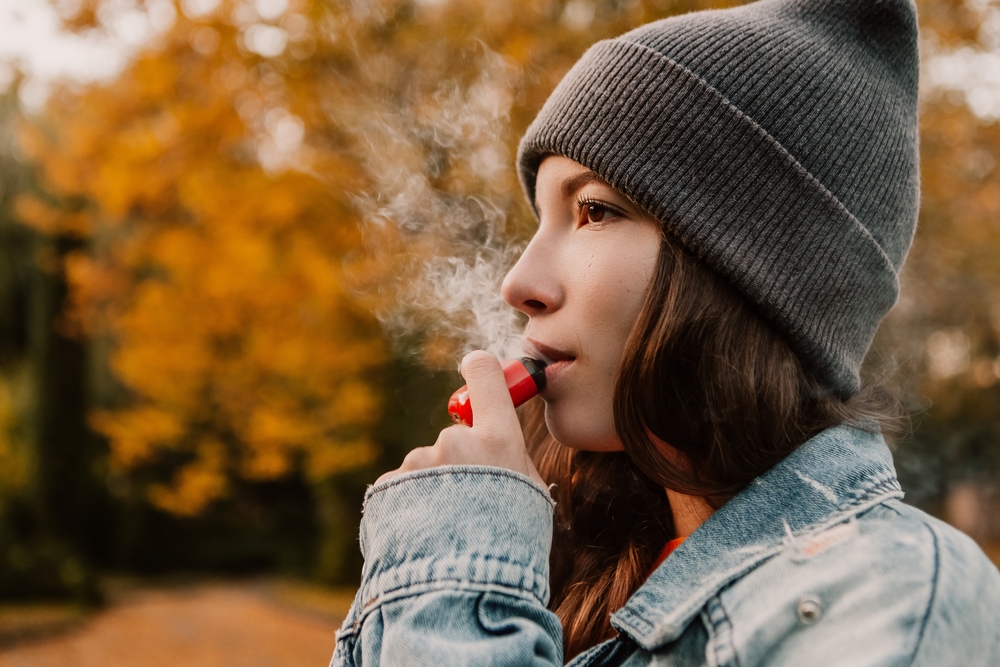
Many flavored vape products contain diacetyl, even when not labeled. This compound helps create creamy and buttery tastes like caramel, vanilla, and custard. While diacetyl is considered safe when ingested through food, inhaling it is a different story. Once inside the lungs, it can cause irreversible damage. A landmark study by Harvard researchers found diacetyl in more than 75 percent of flavored e-cigarette products tested. These were popular products, often used by young people. The levels of diacetyl varied, but in some cases, they rivaled or exceeded the levels found in the popcorn factories that made the disease infamous.
The Physical Impact on the Lungs
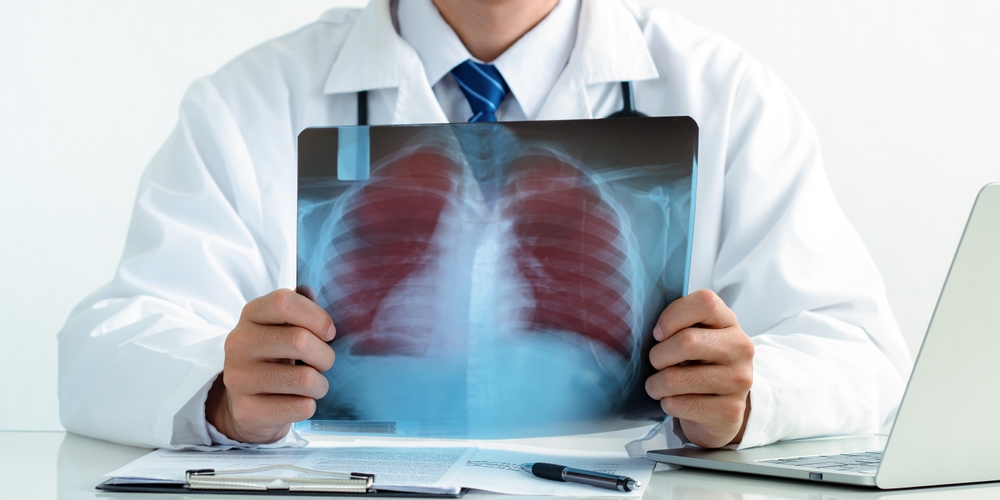
When diacetyl is inhaled over time, it leads to inflammation and permanent scarring in the bronchioles. These small airways are crucial for oxygen exchange. As the tissue hardens, it becomes harder for air to pass through. This creates symptoms such as dry coughing, wheezing, chest pain, fatigue, and breathlessness. Over time, the lungs lose elasticity, and the ability to carry out normal functions diminishes. There is no surgical fix for this. Unlike other lung diseases that may improve with time or treatment, the damage from popcorn lung is permanent. In extreme cases, it may require a lung transplant.
Vaping Is Not Just Vapor, It Is Chemical Exposure
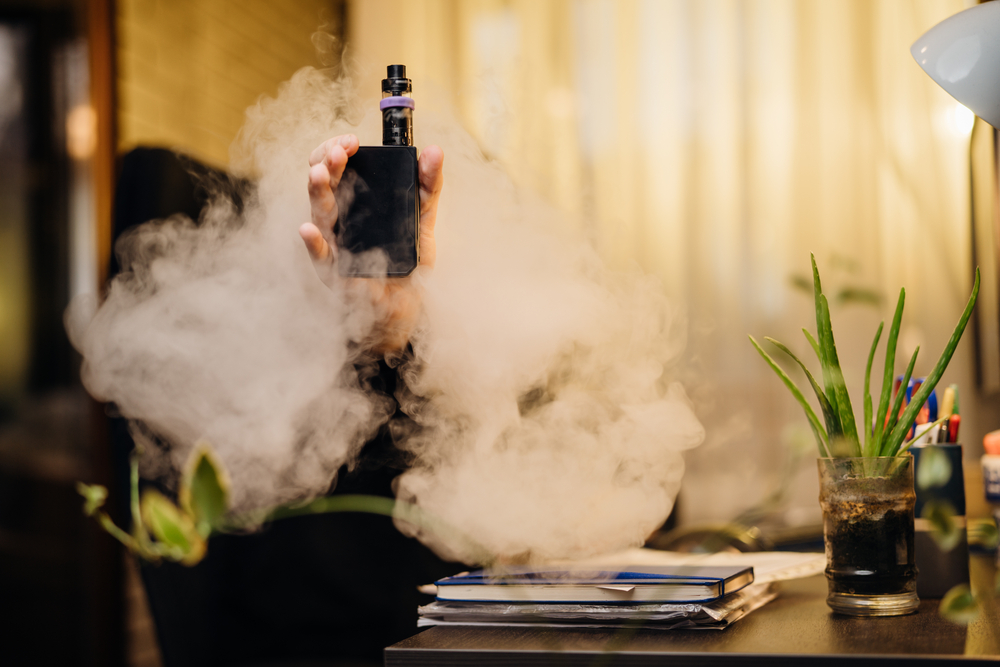
Vaping is often perceived as harmless vapor. But e-liquids contain a mix of chemicals that turn into aerosols, not water vapor. These aerosols may carry harmful substances such as formaldehyde, acetoin, 2,3-pentanedione, and heavy metals like nickel and lead. These chemicals come from both the liquid and the heating coils used in vaping devices. Some of these are known irritants, while others are linked to cancer and respiratory diseases. The combination creates a toxic cloud that is inhaled deep into the lungs. For users who vape multiple times a day, the exposure accumulates rapidly.
A Real-World Case: Teen Diagnosed with Popcorn Lung
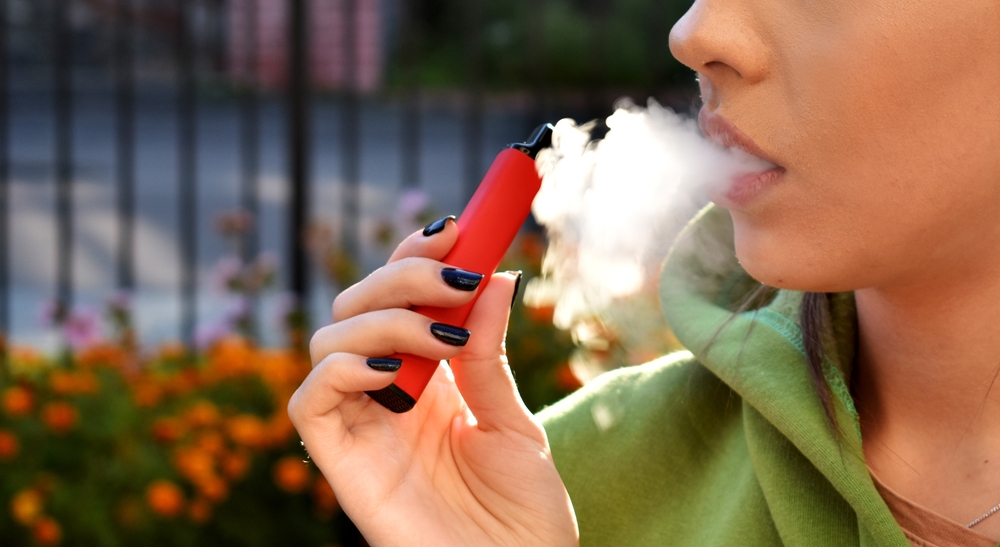
A documented case involved a 17-year-old cheerleader from Nevada who vaped flavored e-liquids for three years. She developed a persistent cough and shortness of breath, which initially went undiagnosed. After extensive testing, doctors confirmed that she had bronchiolitis obliterans. Her lung damage is permanent, and she now uses medication to manage symptoms. This case drew national attention and served as a warning to parents, schools, and health professionals. Teens often view vaping as harmless fun, not realizing that they are inhaling industrial-grade chemicals intended for machines, not people.
Read More: The Rise of Cannabis as a Safe and Effective Painkiller
The Youth Epidemic and Flavored E-Liquids

Flavorings are the main reason vaping is so appealing to young users. From cotton candy to mango to crème brûlée, these options disguise the harshness of nicotine and make the product seem fun and safe. Studies show that over 80 percent of young people who vape start with flavored e-liquids. Diacetyl and similar additives are especially common in these sweet and dessert flavors. The lack of strict labeling laws means users have no way of knowing what they are inhaling. Even products that claim to be diacetyl-free may contain similar compounds that pose the same risks.
Regulatory Action Is Uneven and Incomplete
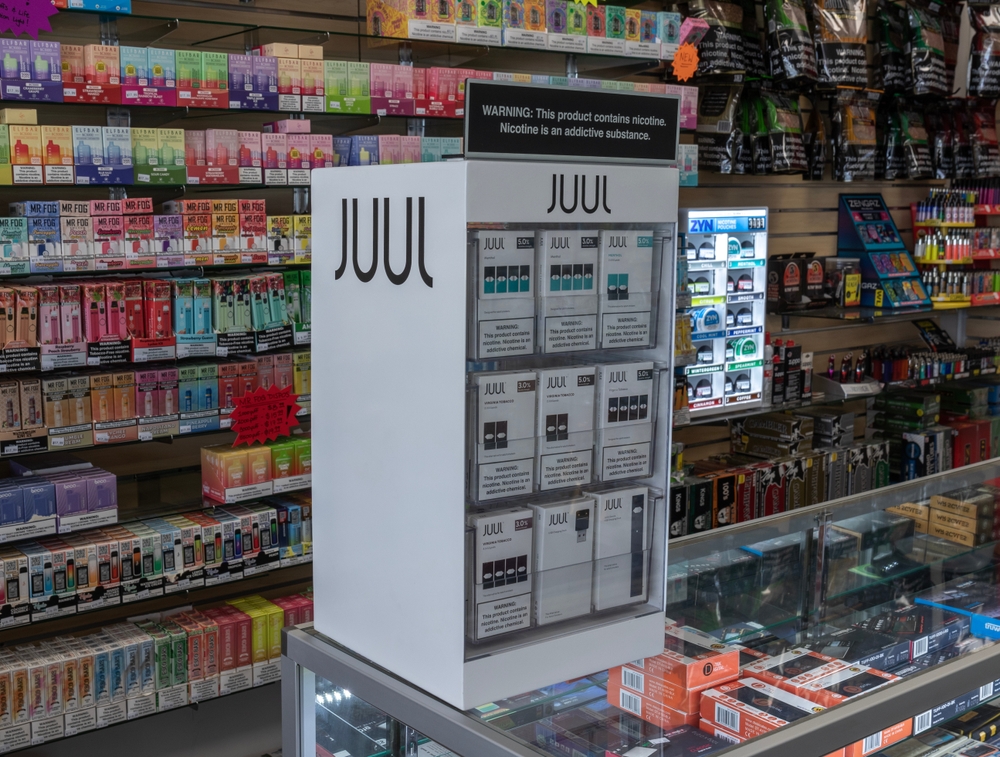
The European Union banned diacetyl in e-cigarettes years ago. Canada and several other countries followed with strict restrictions. But in the United States, regulations remain inconsistent. While some manufacturers voluntarily removed diacetyl, others continue to use it in flavored products. The Food and Drug Administration has issued warnings and restricted sales of certain items, but full regulation is lacking. This creates confusion among consumers and opens the door for harmful products to stay on the market. Public health experts argue that more needs to be done, and quickly.
Public Health Warnings and Medical Consensus
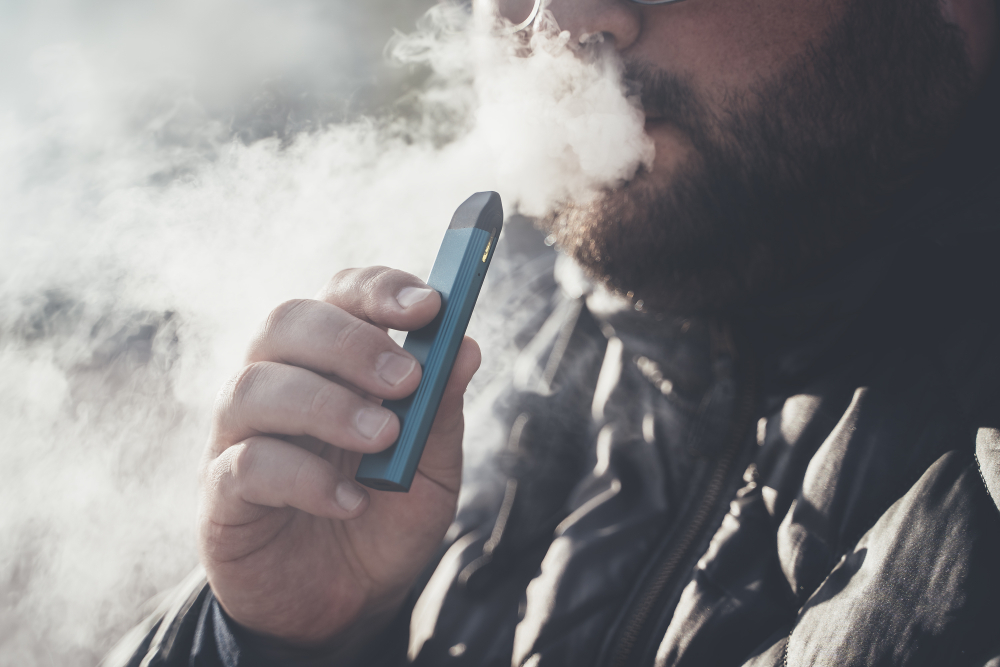
Major health organizations, including the American Lung Association and the Centers for Disease Control and Prevention, have warned about the dangers of inhaling chemicals in vaping products. The concern is not only about nicotine addiction but also about long-term lung damage. Bronchiolitis obliterans is difficult to diagnose in its early stages, and by the time symptoms are obvious, the damage is usually extensive. Medical consensus now confirms that exposure to diacetyl through vaping can cause popcorn lung. There is growing agreement that flavored vapes, in particular, pose a serious threat to respiratory health.
Is There a Treatment or Cure?

There is no cure for popcorn lung. Treatment focuses on managing symptoms and preventing further lung damage. This may include inhaled corticosteroids, oxygen therapy, or even immunosuppressive drugs. In extreme cases, lung transplants are the only option. But these are high-risk procedures and not available to everyone. The best approach remains prevention. Avoiding exposure to harmful chemicals is far easier than trying to reverse damage later. Quitting vaping as early as possible gives the lungs a chance to stabilize, though some effects may remain.
Prevention Starts with Awareness
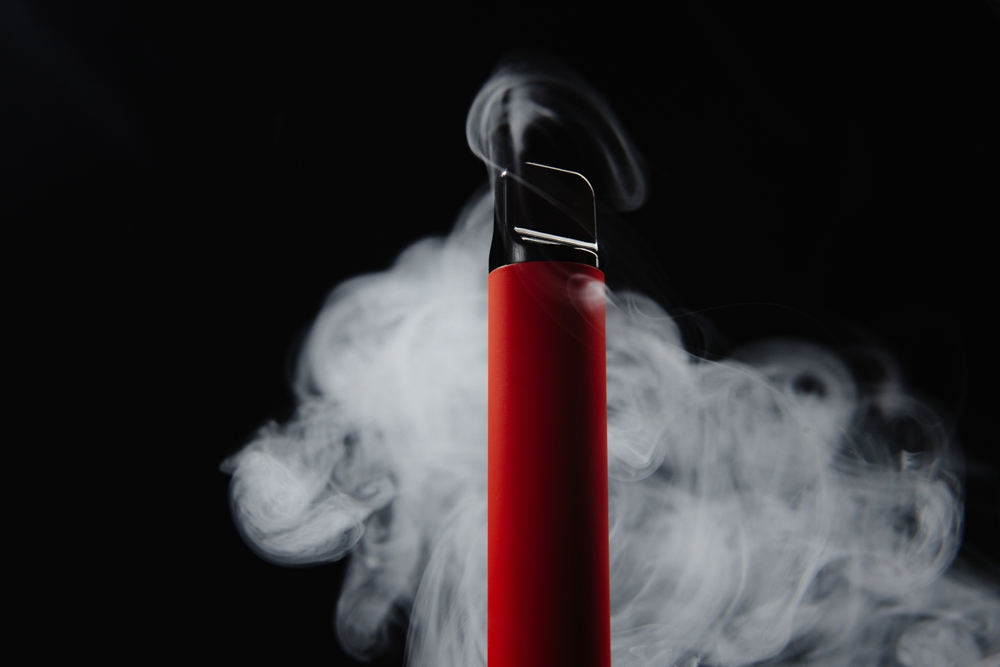
Many users do not know what they are inhaling. Packaging is often vague, and few people read lab reports or chemical breakdowns. Schools, parents, and health professionals need to educate users on the real contents of vape clouds. Flavoring chemicals may smell like dessert, but inside the lungs, they act like toxins. Awareness campaigns have started to appear, but many remain focused only on nicotine addiction. Popcorn lung and other chemical risks must be part of that conversation if vaping-related illnesses are to be reduced.
The Burden on the Healthcare System

As more cases of vaping-related lung damage appear, healthcare systems are facing a new challenge. Diagnosing popcorn lung requires scans, biopsies, and lung function tests, which are both expensive and invasive. Patients may need long-term care and ongoing respiratory treatment. The burden of treating preventable diseases is a cost that societies will have to bear unless stronger regulatory actions are taken. Prevention through policy and public education could save not only lives but also billions in healthcare spending.
Flavored Vape Products Still Widely Available

Despite growing evidence of harm, flavored vape products continue to flood the market. Many are sold online, where age verification is easy to bypass. Gas stations, vape shops, and even convenience stores often stock flavored brands that appeal to youth. This availability undermines public health efforts. Until flavored e-liquids containing harmful chemicals are removed or better regulated, the risk of popcorn lung and other diseases will remain high.
Thoughts on a Hidden Danger
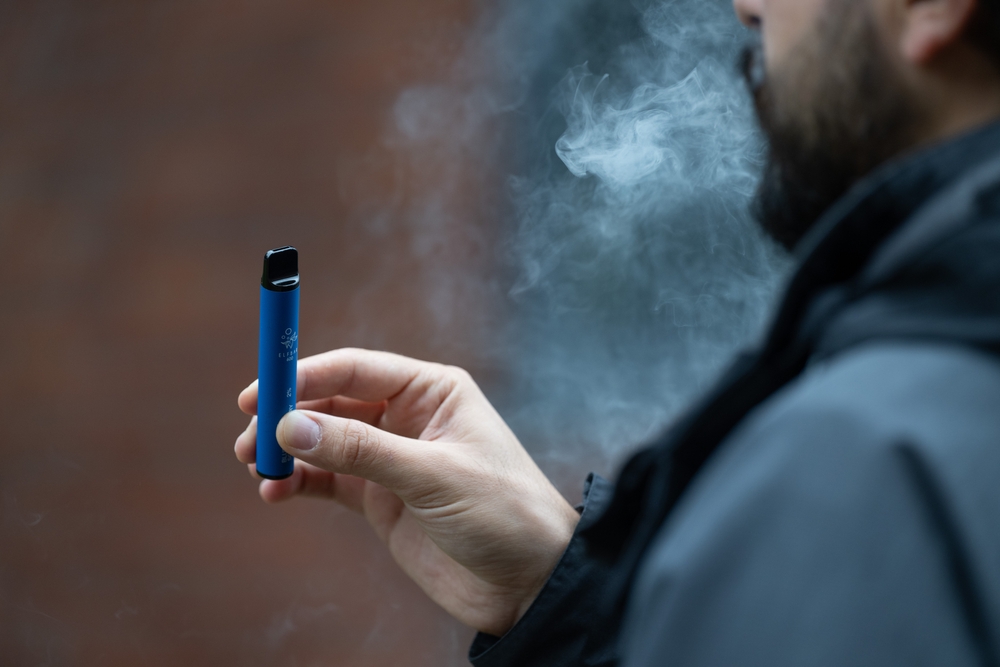
Popcorn lung may not be as widely known as lung cancer or emphysema, but its link to vaping is undeniable. Experts are urging regulators to treat this condition as a public health crisis. As more teens and young adults develop symptoms from chemical exposure, the illusion of vaping as a safe habit continues to unravel. It is no longer a matter of opinion. The science is clear. Vaping flavored e-liquids can damage your lungs permanently. Knowing the risks is the first step toward protecting your health.
Read More: These 15 Habits Could Be Making You Look Older Than You Are
Disclaimer: This article was created with AI assistance and edited by a human for accuracy and clarity.
Disclaimer: This information is not intended to be a substitute for professional medical advice, diagnosis or treatment and is for information only. Always seek the advice of your physician or another qualified health provider with any questions about your medical condition and/or current medication. Do not disregard professional medical advice or delay seeking advice or treatment because of something you have read here.
